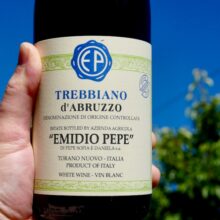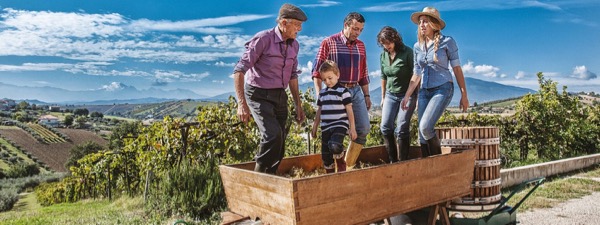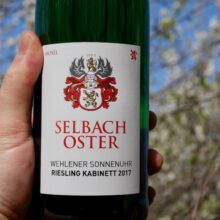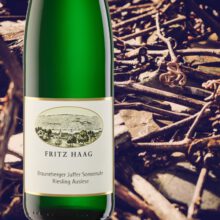
Product information
Emidio Pepe Trebbiano d’Abruzzo 2019
Trebbiano from Italy, Abruzzo
$213
Description
At just 12% it is perfectly ripe. Fascinating drinking, epically complex with a core of sweet, unctuous yet refreshing fruit, layered with viscous yet cleansing phenolics and a playful grip. An incredible array of scents and perfumes lift from the glass balanced beautifully by earthy, savoury elements. Drinking this over 2 days in its youth saw it blossom and shine, allowing it to harmonise and flow seamlessly. This is brain disrupting gear.
Paul Kaan, Wine Decoded Dec 2024
The most inviting mix of lemon oils, musky pear and peach, raw almond, ginger, iodine and yellow flowers wafts up from the 2019 Trebbiano d’Abruzzo Vecchie Vigne. It’s pliant, yet almost buoyant, seeming to hover across the palate with notes of apricot and salty mineral tones that are nicely offset by a pretty inner sweetness. The 2019 becomes perfumed throughout the saline-tinged finale, as inner florals slowly taper off. There’s a density and balance here that should unfold beautifully over the course of the next decade.
Eric Guido, Vinous 95 Points
Trebbiano d’Abruzzo is an ancient and indigenous grape variety from Abruzzo, a unique clone different from others of its same family. Its beautiful acidity together with the aromatic balance make of it a fine wine with complexity at the same time. It has an elegant and austere expression when young with a great minerality, as it is truly age worthy and able to evolve with time, after few years it gains complexity, volume and profoundness. Emidio Pepe
In 1988, Emidio Pepe planted Trebbiano d’Abruzzo (not to be confused with the Trebbiano Toscano aka “Ugni Blanc,” which is a separate variety, confusing, we know), with cuttings from his cousin. This old Trebbiano material is very different to other Trebbiano found in the area, with thicker skins and higher acidity.
The grapes are crushed by foot, for around 45 minutes per 300kg of grapes, in an old traditional long wooden open vessel to release the juice from the berries. The juice is moved straight into glass-lined concrete tanks, where fermentation occurs naturally, slowly and in a reductive environment on the lees (to give them as little access to oxygen as possible) for 18 months.
Out of stock






You must be logged in to post a comment.